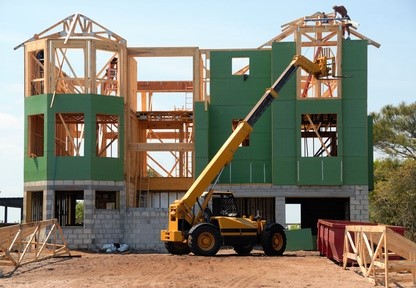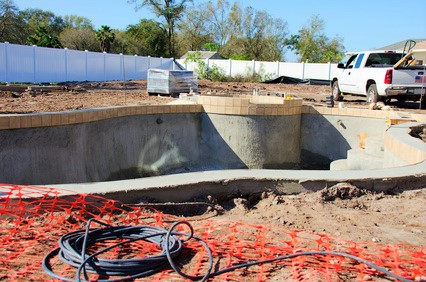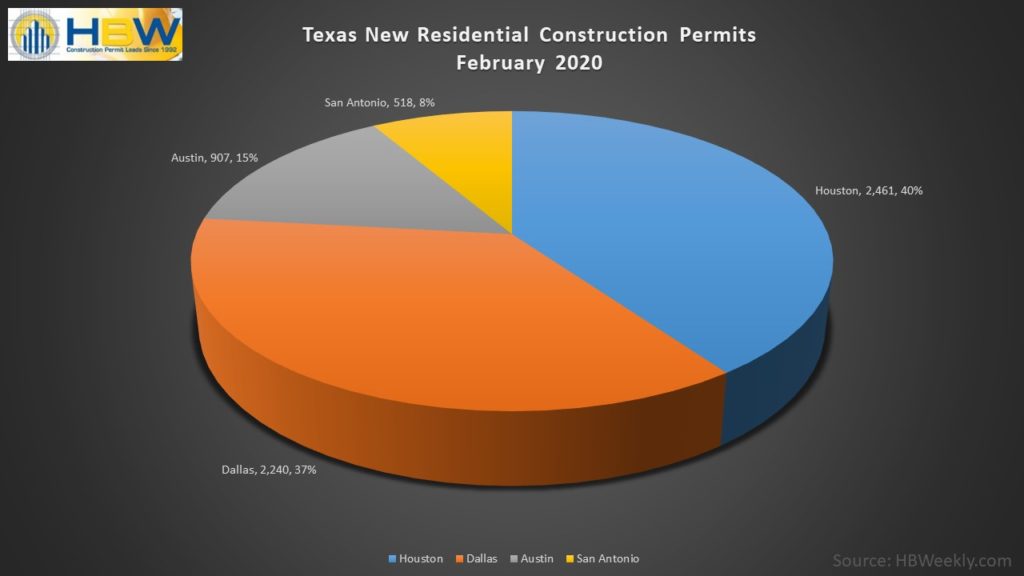A review of the latest construction data based on new swimming pool construction permits on record for Florida during the month of February 2020

Based on the latest reports available from HBW, last month there were 1,807 swimming pool starts with a total construction value of approximately $92.5 million in the Sunshine State. Out of the five major regions reviewed (Southwest, Tampa, Orlando, Jacksonville, Southeast), the southwestern region ranked #1 for total new permits on record (524 permits), while the Tampa area took top placement for having the highest average value of new pool construction (average value: $56,333).
Here is closer look at the total permits, construction values and top counties for new pool construction in Florida last month:
Southwest
As noted above, Southwest Florida carried the greatest amount of new swimming pool construction in comparison to other regions reviewed, having 524 new permits with a total construction value in excess of $28.5 million on record with HBW last month. The average value of construction in the southwest landed on the higher end of the spectrum (average value: $54,487) in relation to other Florida regions, and more than half of all new pool construction took place in the counties of Lee (200 permits) and Sarasota (107 permits).
Orlando
Orlando ranked second when looking at new swimming pool construction, as there were more than 370 pool starts with a total construction value of nearly $16.3 million last month. The average value of new swimming pool construction was lowest in Orlando in comparison to all other regions reviewed (average value: $43,873), and more than half of all new permits originated from two counties: Orange County (131 permits), Osceola County (86 permits).
Southeast
Not far behind Orlando in volume, the southeastern region of Florida had 370 new swimming pool permits with a total construction value of approximately $17.7 million added to the HBW database last month. The average value of new pool construction was $47,816, and the bulk of construction took place in the counties of Palm Beach (137 permits) and Miami-Dade (84 permits).
Tampa
In Tampa, there were 355 new swimming pool permits with a total construction value of $20 million added to the HBW database for the month of February. As previously mentioned, the average value of new pool construction was highest in Tampa in comparison to other regions reviewed (average value: $56,333), and more than half of all new construction took place in the counties of Hillsborough (110 permits) and Pasco (77 permits).
Jacksonville
While the Jacksonville area carried the lowest volume of swimming pool starts last month (187 permits, construction value: ~$10M), the average value of new pool construction remained on the higher end of the spectrum (average value: $53,236) in comparison to the rest of Florida. While most counties reflected some level of new pool construction activity, the bulk of new permits originated from the two counties of St. Johns (74 permits) and Duval (59 permits).
To gain more information on the builders, homeowners and permits for the construction activity above, check out HBW for your copy of the latest construction data reports. To gain access to the HBW database and receive custom and detailed reports on the latest residential and commercial building activity in Florida, Georgia, Texas, Alabama, and Oklahoma, please contact HBW for details.








